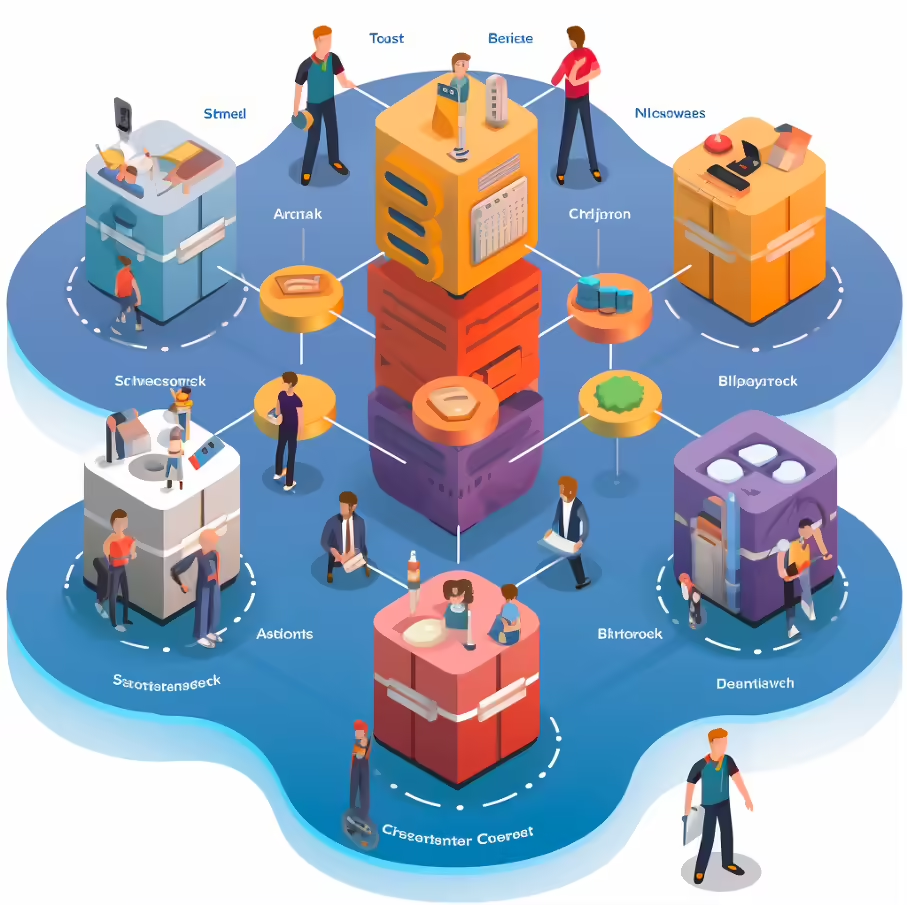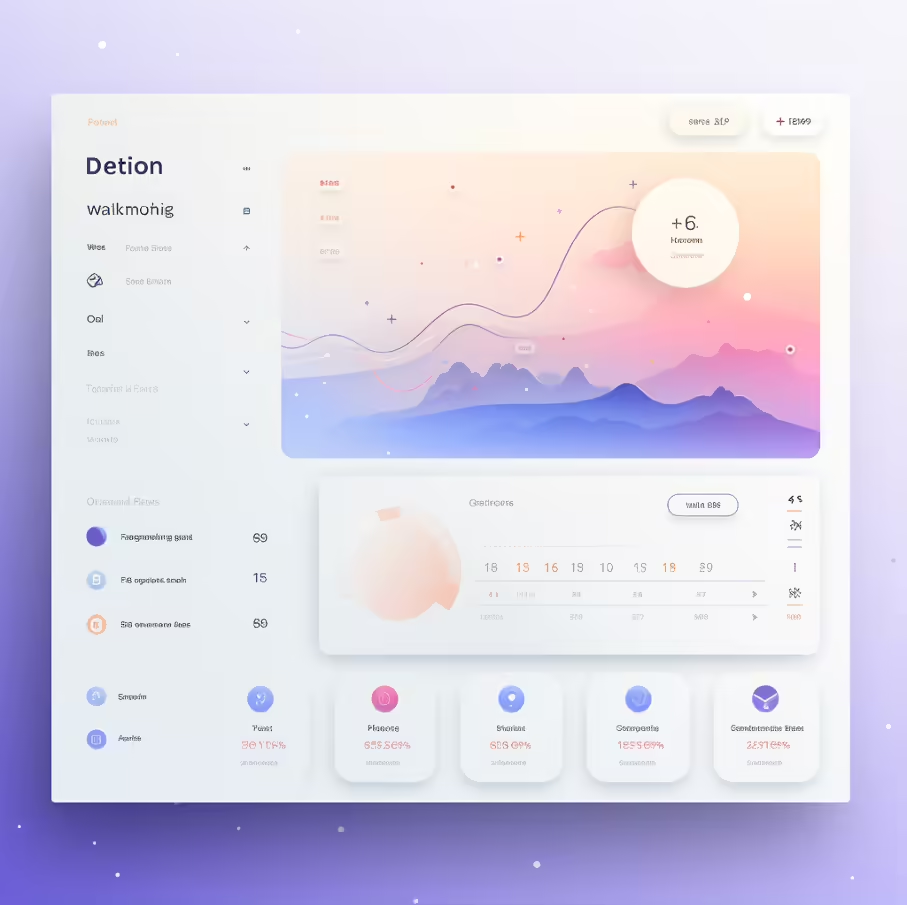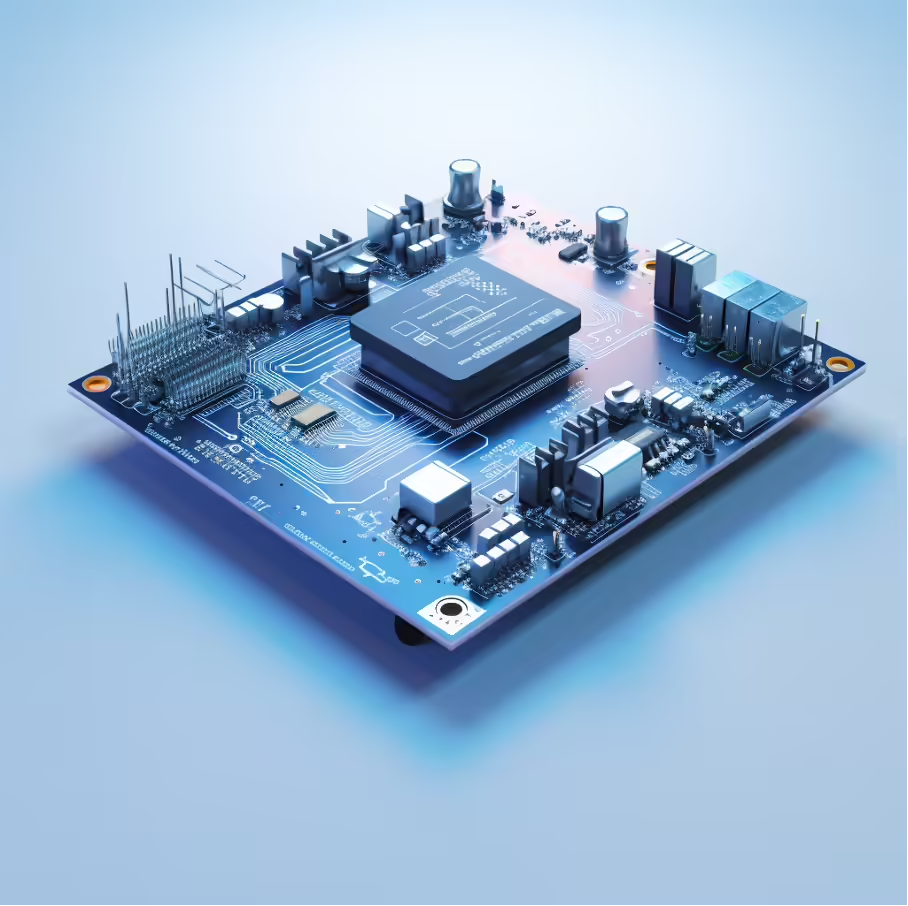Microservices architectures

Microservices Architecture: A Modern Approach to Scalable and Flexible Software Development Microservices architecture has established itself as a significant trend in software development. It provides a flexible and scalable method to develop and maintain complex applications. This article discusses the concept of microservices architecture, its benefits, challenges, and application areas. What are Microservices? Microservices […]
UX (User Experience)

User Experience (UX): Designing the user experience in the digital world User Experience (UX) is a central concept in the design of products, systems and services, especially in the digital sector. It covers all aspects of a user's interaction with a company and its products, with the aim of creating a positive and effective experience. In this […]
Single Page Applications

Single Page Applications (SPAs): The Future of Web Development Single Page Applications (SPAs) have revolutionized the development of modern web applications. They offer a more seamless and interactive user experience compared to traditional multi-page web applications. This article discusses the basics, functionality, benefits, and challenges of SPAs and their role in the current web development landscape. What are Single Page […]
Java and the Spring Framework

Java and the Spring Framework: A Powerful Combination in Software Development Java, one of the world's most widely used programming languages, is known for its robustness, platform independence and object orientation. An essential element in the Java ecosystem that continues to expand its capabilities is the Spring Framework. This article discusses the role of Java in modern software development and the […]
Platform independent apps

Platform Independent Apps: Developing for a Wide User Base Platform independent (cross-platform) app development is an effective strategy to create applications that work on different operating systems and devices. This approach allows developers to reach a wider user base and use resources more efficiently. This article discusses the importance of platform-independent apps, their development strategies and the challenges they […]
Embedded Systems

Embedded Systems: Intelligent technology at the heart of modern devices Embedded systems are an integral part of many modern technologies and devices. They combine hardware and software to perform specific functions within larger systems. From household appliances to complex industrial systems, embedded systems can be found everywhere. This article offers an insight into the world […]
Code reviews at CIIT

Code Reviews at CIIT: A Key to Success in Software Development Code reviews are an essential part of the software development process and play a crucial role in ensuring code quality and promoting knowledge sharing among developers. At CIIT, code reviews are integrated into the development process as standard, enabling the development of robust, efficient and error-free software products. […]
ITIL (Information Technology Infrastructure Library)

ITIL: A framework for effective IT service management ITIL, short for “Information Technology Infrastructure Library”, is an established IT service management (ITSM) framework that aims to optimize the delivery of IT services and to standardize. Originally developed by the British government, ITIL has established itself as a global standard in the IT industry. This article provides an overview […]
Service Level Agreement

Service Level Agreement: Ensuring quality and reliability in the service A service level agreement (SLA) is an essential part of the relationship between service providers and their customers. It is a contractual framework that defines specific performance standards and the quality of the services to be provided. This article will explore the importance, key aspects […]
Software maintenance agreement

Software maintenance contract: ensuring reliability and performance A software maintenance contract is a crucial instrument for ensuring the continued functionality, security and efficiency of a software application. It regulates the relationship between a software provider and the customer with regard to the maintenance and updating of the software after the initial delivery. This article discusses the key elements, meaning and common provisions […]